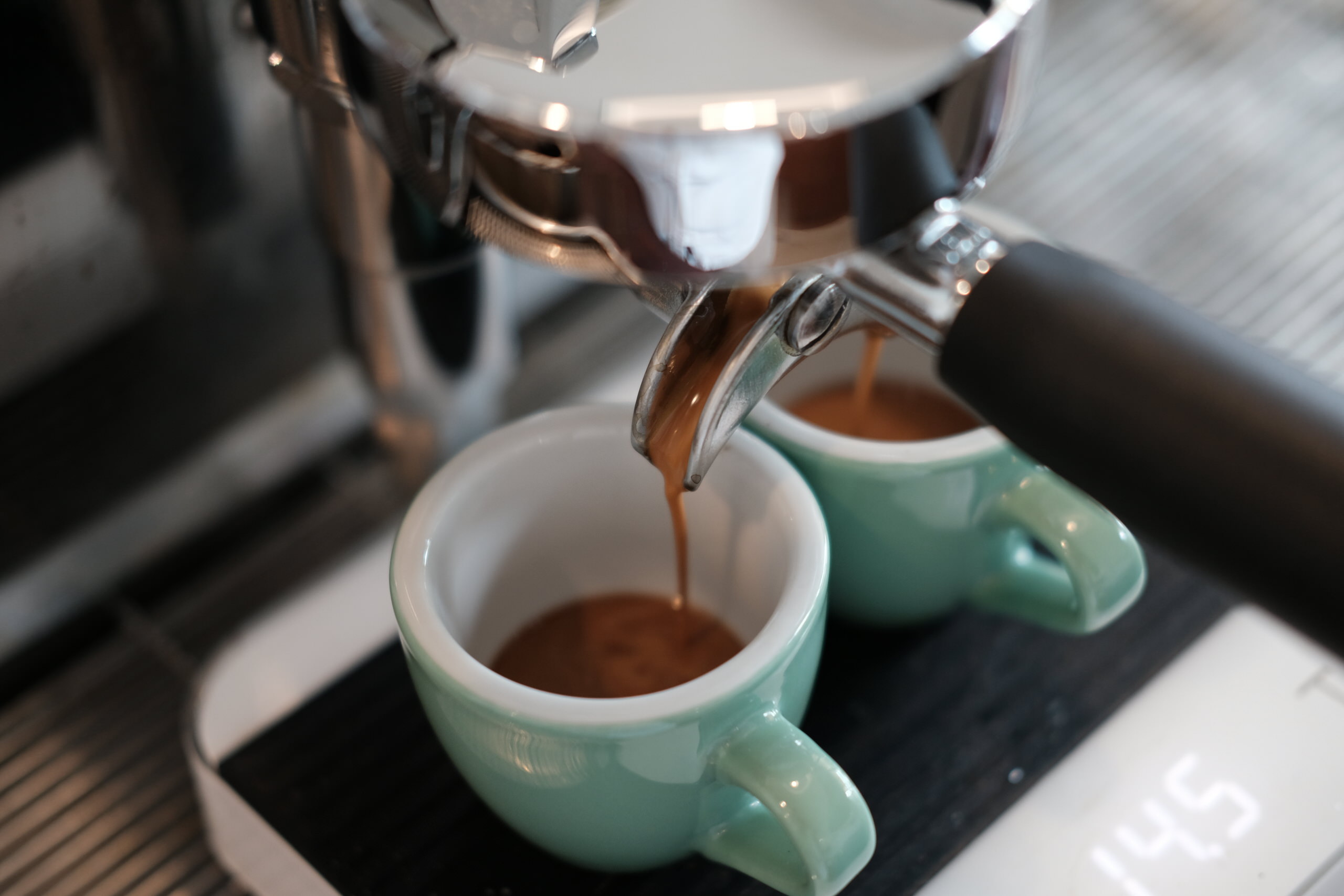Whether you’re a roaster with a chain of your own cafes or a wholesaler with a fleet of partners, you’ve surely run into challenges in maintaining the quality of your coffee as soon as the beans leave the roastery. A bag of roasted coffee is not a finished product, so you have to rely on the folks actually brewing your coffee to create a balanced flavor (and a positive impression on the end user: customers who drink the coffee).
While it’s true, the roaster has created a set flavor chemistry that’s locked into the roasted coffee bean, there’s no way to exactly replicate the flavors achieved during testing at the roastery in cafes with different equipment, and different water. So when we talk about preserving quality, we are not aiming for a perfect copy of the best recipe from the roastery, but achieving the best balance of flavor possible with the water, equipment, and staff in each location.
Creating this ideal flavor balance consistently is where data-driven tools can be an enormous support. In the roasting world, many specialty roasters purchase coffee from the same producers season after season, and they spend many hours meticulously crafting a roast profile that brings out that season’s unique flavor. Recording and documenting those experiments systematically not only creates a starting point for the following season but also allows roasters to track changes they make to the roast profile as the green coffee ages and presents different flavors. Cropster Roast is widely regarded as a tool to accomplish just that.
In a café environment, baristas go through a similar process of experimenting, tasting, and adjusting as they dial in their espresso and make changes throughout the day. But baristas rarely have a system to record their process or access to detailed data to help them decide and identify patterns of how their coffee changes from hour to hour and day to day.
For example, any barista who works a morning shift will tell you that as traffic picks up in the café, espresso brewing times will get faster. What’s happening is the friction from grinding the coffee is heating the grinder burrs, making them more efficient cutting tools (think hot knife through butter), which changes the grind particle distribution compared to what’s produced by cold burrs first thing in the morning. Most baristas address this change by simply making the grind finer, but at a certain point if you’re tasting the espresso and/or measuring TDS% you’ll notice grind change alone won’t get you back to a balanced shot, even if you’re hitting the same recipe benchmarks.
This is where data tracking tools like Cropster Cafe come in. If baristas can measure and record both the changes they’re experiencing and what they do to get back on track, after a while we can identify patterns, and that can help us adjust to changes more quickly, saving both time and stress. The way espresso will change throughout the day isn’t really random or mysterious, but it can seem that way when we don’t have a way to look at the big picture.

Because Coffeebar has 9 locations spanning two states, 4 very different water supplies, and different models and age of equipment, we have to maintain some flexibility around the exact metrics each store uses to get to a balanced flavor profile. But by examining info from our baristas on basic recipe components like dose, grinder setting, beverage weight, and extraction time, with more advanced metrics like TDS and extraction percentage and information on blend components and days off roast, we can build a map of recommended recipes for each individual cafe. Having those starting points then makes it easier for baristas to maintain consistency of flavor, and ultimately present a consistently high-quality product to our guests.
To learn more about how Cropster Cafe provides the data required to manage many brewing metrics, across multiple locations, Book a Demo today.



